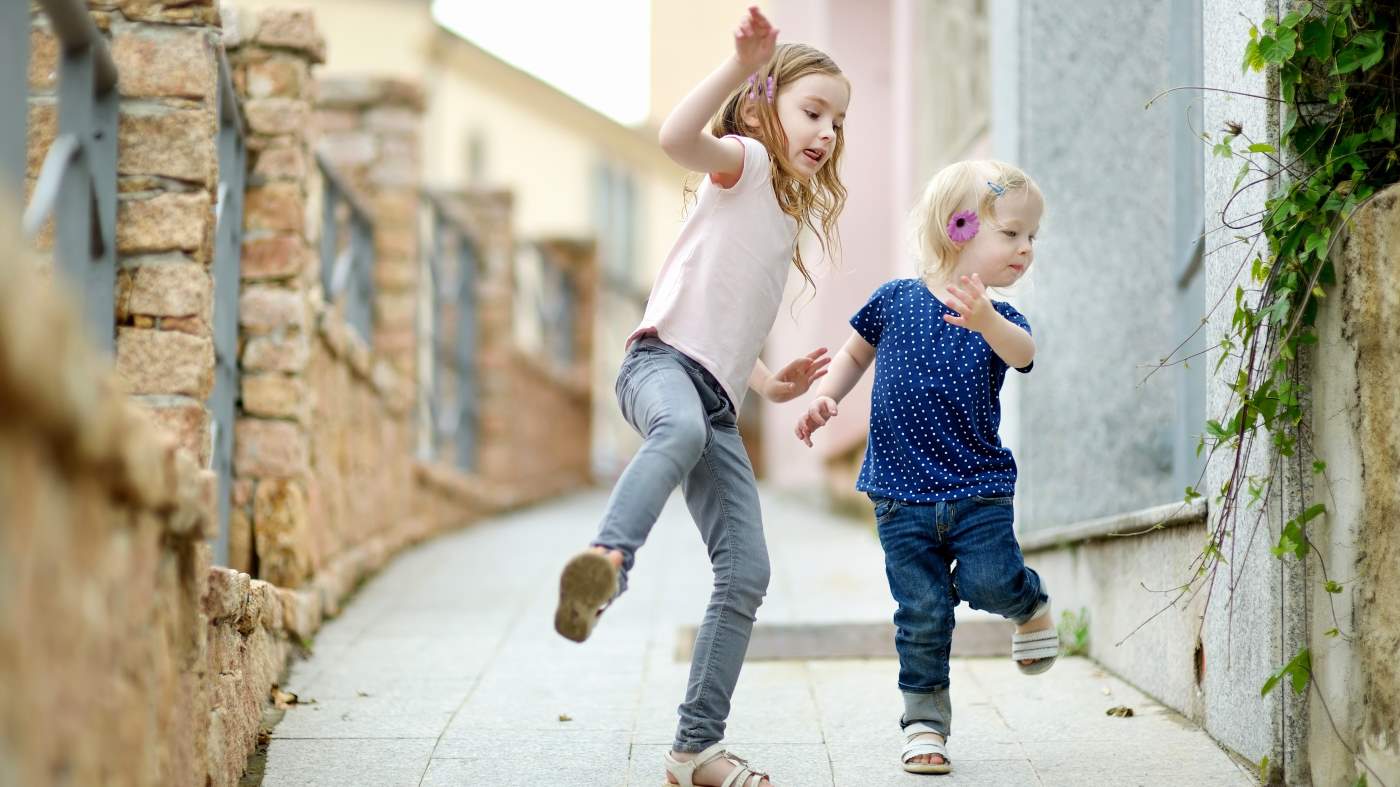Your tiny dancer and the magic of music

For us as adults, music has the power to bring back memories and emotions, and get us moving in a carefree way – often involuntarily! It's the same for your toddler. Along with unlocking a totally joyful expression of movement, music can bring about exciting new feelings and emotions for them. And sharing music and dance with you may plant some shared, never-to-forget moments you both think about whenever you hear a certain tune or song in the years to come.
Music has been in your toddler’s life since they were born – well before they were born, in fact. They’ll have heard a wide variety of music from their toys, on TV, in the car, in shops, and pretty much everywhere! You might sometimes be surprised at some of the songs they know and wonder where they’ve picked them up.
No matter where they’ve heard music and what they’ve listened to, they've most probably had a little jiggle and a wiggle to it here and there.
What is it about music that gets your toddler’s body moving?
According to research, low frequency bass is what gets people moving because low frequencies are picked up by our body and have an impact on how we experience ‘groove’, spontaneous movement and rhythm.[1]
And other research shows that young children are receptive to sound and rhythm.[2] They might not yet be tuned into low frequency bass, but dancing still allows them to be creative. With no right or wrong way to move their bodies around, they’ll be able to create their own distinctive dancing style.[3]
Dancing also brings with it an enormous amount of self-gratification. Your toddler won’t be bothered by what they look like – and why should they? But they'll think they look amazing.
You might see them trying to copy some dance moves they’ve seen on TV or when playing with friends, and this can be very exciting!
They’re now at a stage where their bodies can do a whole load more than bobbing and swaying, and you might spot some more extravagant moves being attempted – especially as they are more in tune with the world around them.
It’s so much fun when you catch your toddler dancing in a way that you’ve not seen before; if you get the luxury of this, try to stand back and watch the concentration on their little face as well as the sense of pride they feel when they rock along to their own jam.
When you see your toddler copying dance moves, this is a sign that they are beginning to form connections with someone or something they admire. Music is great for connecting people and dancing brings with it a sense of community.
Music and dancing are universal, and are often used to share emotions through a story
Your toddler is unlikely to understand the messages that songs express, but they can join in with the dramatics of the stories using their body and mind. They may happily, and easily, transport themselves into the world of each song and translate it with their own creative movements.
As your toddler grows, music will begin to stimulate emotions other than happiness, and their dramatic interpretations will start to represent a wider range of moods and feelings.
But remember... toddlers often enjoy dancing with a partner. Turn on your favourite music and get busting some moves to the rhythm of your own drums. The joy your toddler feels right now might stay with them for a lifetime.
References:
[1] ScienceDaily. (2022) Want to fire up the dance floor? Play low-frequency bass. Cell Press.
[2] What to Expect. (2019) Toddler Dancing.
[3] ScienceDaily. (2020) The way you dance is unique, and computers can tell it's you. University of Jyväskylä.